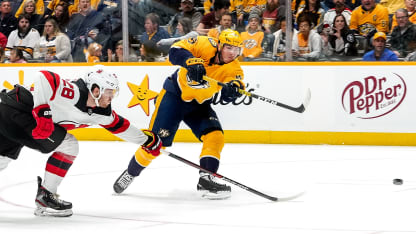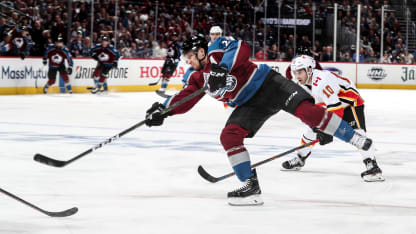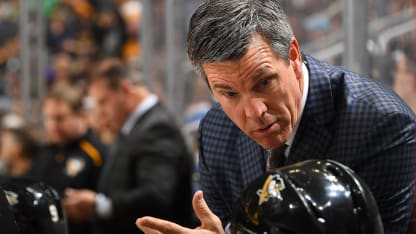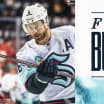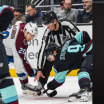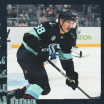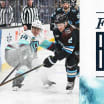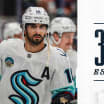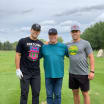Ryan O'Reilly, the 2019 Stanley Cup Final most valuable player, says he "did what was naturally comfortable. He throws a ball right-handed but plays hockey and golf as a lefty. He admits to being influenced by his lefty hockey shooter older brother, Cal, while they both idolized Wayne Gretzky, the NHL's all-time leading scorer and fellow left-handed shot. Cal O'Reilly has played 145 NHL games and 719 American Hockey League games during his 14-season career.
For his part, Gretzky plays golf right-handed-mostly because he first attempted the sport with right-handed clubs-and throws a baseball right-handed. Alex Ovechkin, the NHL star chasing Gretzky's all-time goals record, shoots his deadly floating, dipping, speeding shot right-handed and throws a baseball left-handed.
Some left-right stats: Roughly 60 to 70 percent of NHL players are left-handed shooters, depending on the season. Six of the NHL's top 10 current scorers are lefty shots, but three of the top five goals leaders shoot right-handed. Duchene, for one, says right-handed shooters have a goal-scoring advantage because most NHL goalies handle their sticks right-handed. Players agree the non-stick, catch-glove hand usually provides a bit more room to shoot to empty space.
At the NHL level, the left-right matchup extends to positions played. There are prolific scorers such Tampa Bay's Nikita Kucherov and Chicago's Patrick Kane, both left-handed shooters who play right wing. Yet, Boston's right-handed shot David Pastrnak, the league's leading goal scorer and third overall in scoring, plays on the right wing or what hockey observers call his "natural side."
